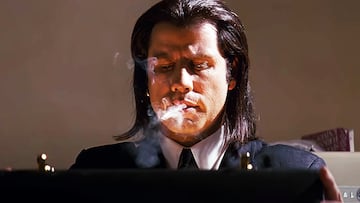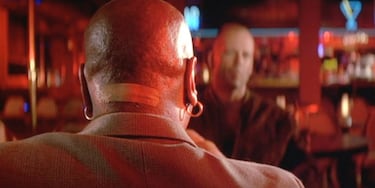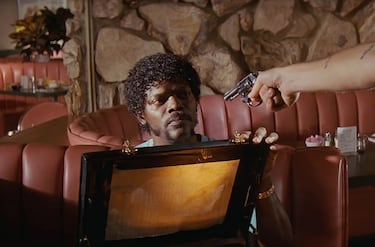People still don't know what was in the Pulp Fiction briefcase, even though Tarantino revealed it 25 years ago
The contents of the Pulp Fiction briefcase are one of the great mysteries in movie history, although Tarantino himself solved it in the late 90s.

The contents of the briefcase in ‘Pulp Fiction’ have been one of cinema’s greatest mysteries since its release in 1994. For screenwriters Quentin Tarantino and Roger Avery, the answer to the question “What’s in the briefcase?” has always been very simple and mundane: the briefcase contained nothing, and its value lay not in its contents, but in the briefcase itself as a MacGuffin, an element created purely to move the plot forward.
The golden riddle solved: the contents of the ‘Pulp Fiction’ briefcase are “whatever each viewer wants to imagine”
‘Pulp Fiction’ is one of Quentin Tarantino’s most critically acclaimed films, with a 92% approval rating from critics and a 96% approval rating from audiences on Rotten Tomatoes. It owes its success not only to its memorable dialogue but also to a very peculiar symbolism, which includes the briefcase that Jules (Samuel L. Jackson) and Vincent (John Travolta) must retrieve for their boss, Marsellus Wallace (Ving Rhames). When the two thugs retrieve it, Vincent Vega opens it to check its contents, and an ominous glow of golden hues emanates from it, providing fodder for all sorts of theories and speculation ever since.
One of the most popular theories was that the briefcase contained the soul of Marsellus Wallace, based on the fact that the combination of the briefcase is “666″ (the number of the beast, commonly associated with Satan), and that the first time we see Marsellus in the feature film, he is seen from behind, with a giant bandage on his head. Supposedly, Marsellus sold his soul to the devil, and the devil “pulled” it out of the back of his skull.

The explanation for the band-aid was simpler: Ving Rhames cut himself shaving his head and had to put the band-aid on to heal the wound. But getting back to the subject at hand, Tarantino revealed the true contents of the briefcase back in 1999. In the book ‘Tarantino A to Zed: The Films of Quentin Tarantino,” the filmmaker said there was no official explanation; it was simply an intriguing MacGuffin, an element created for the sole purpose of advancing the film’s narrative.
On the other hand, Roger Avery - co-screenwriter of ‘Pulp Fiction’ - admitted in an interview with Roger Ebert that the briefcase was originally supposed to contain diamonds. But they discarded the idea as too “boring and predictable.” Instead, they preferred that the actual contents of the briefcase never be shown on screen, so that each viewer could use his or her imagination to decide what was inside. But someone on the film crew had the idea of adding a warm light bulb to the inside of the briefcase so that whenever it was opened, its glow would radiate to the person looking at its contents. For Avery, this was “a mistake” because the ominous glow gave the briefcase’s contents supernatural connotations.

Related stories
The fact that the Internet was not widely used domestically in the 1990s meant that this false rumor about Pulp Fiction spread by word of mouth, cementing its cult status.
The ‘Pulp Fiction’ briefcase and all the mystique surrounding it are the results of two unrelated factors: first, the fact that it took place in an era without rapid access to global information, as mentioned above, and second, the fact that it was not a deliberate choice. After all, imagination is a very powerful tool, and the viewer tends to fill in the gaps left by the filmmakers with his or her own expectations.



Complete your personal details to comment